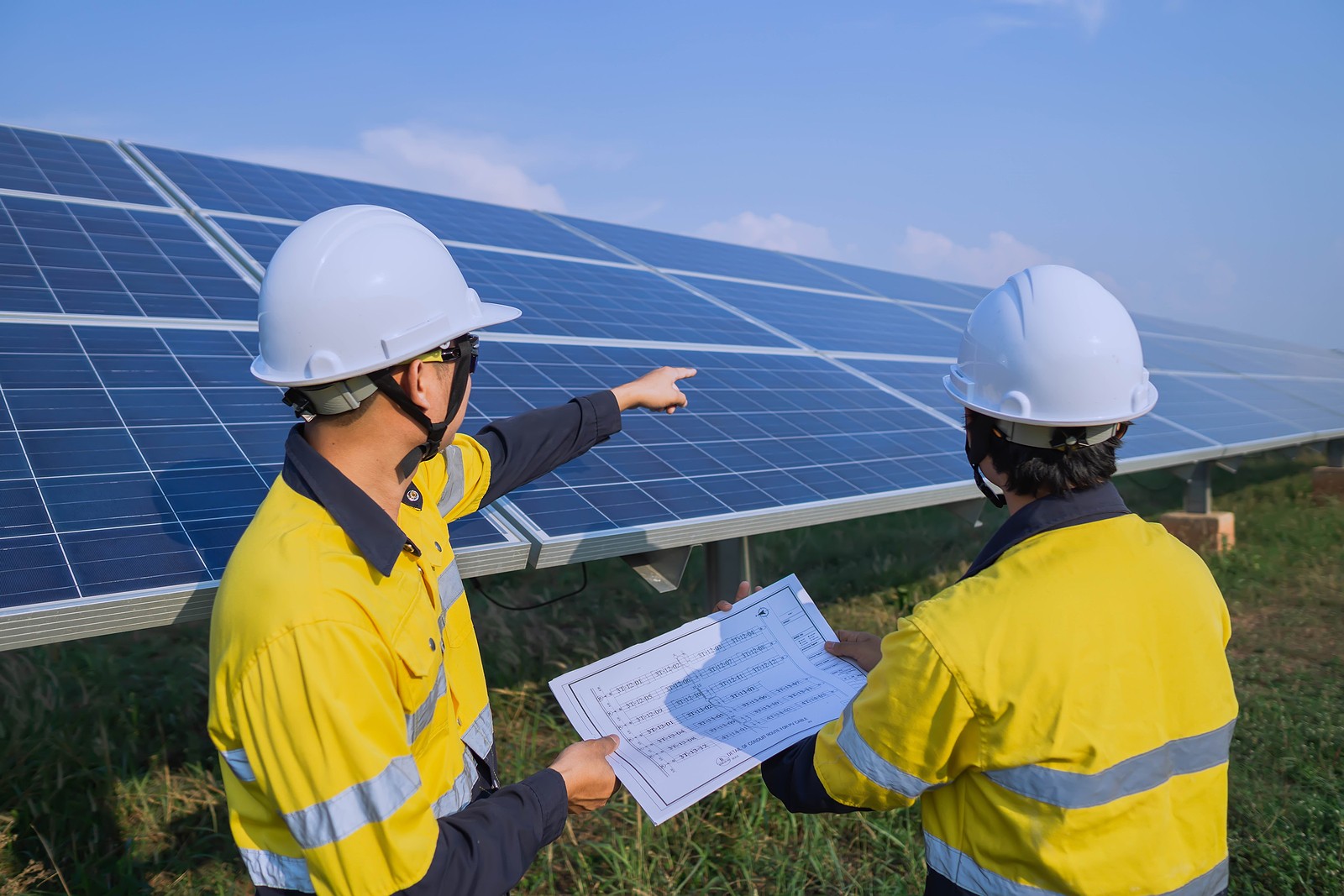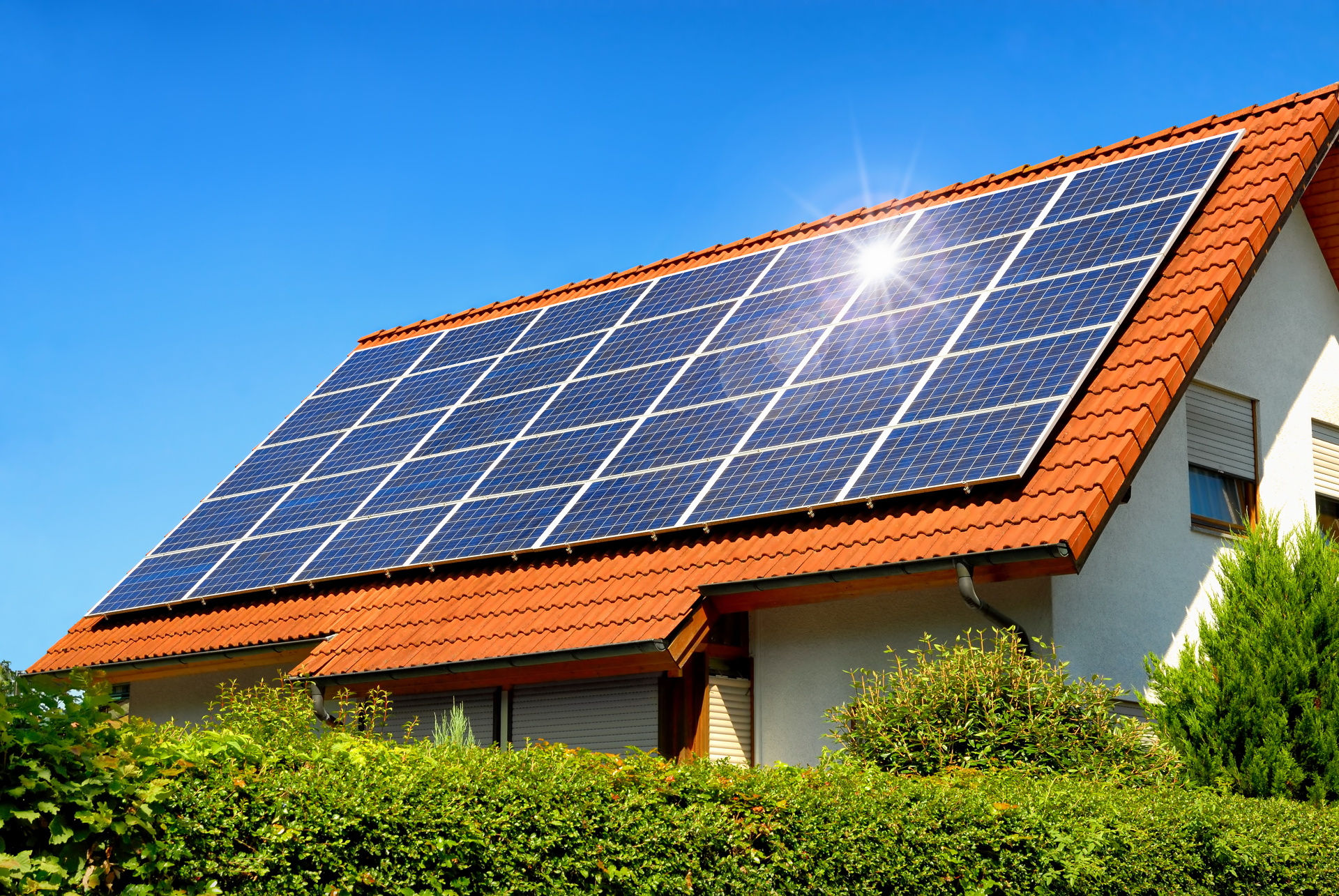Solar Panel System: Expense Analysis of Installing Solar Panels on Your Premises
Home Energy Solar Panels: Home Roof Photovoltaic Systems Are An Outstanding Way To Lower Energy Bills And Promote Sustainability
Installation Process and Requirements
Preparing Your Roofing System for Solar Panels
Before the first photovoltaic panel kisses your rooftop, a thorough assessment is important. Envision your roofing as a blank canvas-- it should be durable and all set to accept the modification. Roofing age, product, and angle play critical functions. Have you ever climbed up to inspect your shingles? This easy act can reveal concealed damage or weaknesses that could make complex setup. A well-prepared roof not just supports the panels but likewise makes sure durability and security.
Step-by-Step Setup
- Site Assessment: Experts evaluate sunlight direct exposure, shading, and roofing system layout to optimize panel positioning.
- System Style: Custom-made solar arrays are developed to match your energy needs and roofing system structure.
- Permitting: Necessary authorizations are secured-- think about this as getting the thumbs-up from regional authorities.
- Mounting Installation: Racking systems are anchored firmly to your roofing, prepared to hold the solar panels.
- Panel Positioning: Panels are located and bolted down, lining up completely to catch maximum sunlight.
- Electrical Electrical Wiring: Panels connect to your home's electrical system through an inverter, converting sunshine into functional energy.
- Inspection and Activation: Last checks ensure whatever functions seamlessly before flipping the switch.
Necessary Requirements for a Smooth Setup
- Structural Integrity: Your roofing needs to support the weight of the panels and racking system, generally around 2-4 pounds per square foot.
- Sunlight Exposure: Ideally, your roof must get at least 6 hours of direct sunlight daily, devoid of shading by trees or structures.
- Area Availability: Adequate roof area makes sure enough panels can be installed to satisfy your energy objectives.
- Electrical Compatibility: Your home's wiring and electrical panel must accommodate the brand-new solar system securely.
What Can Fail-- and How to Prevent It
Often, even the best-laid plans can hit a snag. Image a neighbor whose photovoltaic panels were installed without examining for roofing system leakages first. Months later, water damage appeared, turning a monetary investment into a headache. To sidestep such mistakes, insist on a professional roof evaluation and clear interaction with your installer.

Quick Checklist Before Setup
| Requirement | Why It Matters | Suggestion |
|---|---|---|
| Roof Condition | Ensures assistance and resilience | Repair any damages ahead of time |
| Sun Exposure | Optimizes energy production | Trim nearby trees if required |
| Electrical System | Supports system combination | Speak with a licensed electrician |
| Allows | Compliance with local policies | Start early to prevent delays |
Does the concept of changing your roof into an individual power plant delight you? It should. With the right preparation and understanding of the installation procedure, turning sunshine into cost savings can be a smooth journey instead of a maze of confusion.
Unlocking the Power: Why Residential Solar Panels Transform Residences
Imagine getting up to sunlight streaming through your windows, understanding that those rays are sustaining your entire home. Residential solar panels do not just record energy; they harness a quiet revolution. However exactly what makes them a game-changer beyond the obvious cost savings on electrical power costs?
The Subtle Gains Beyond Cost Savings
Electrical power bills plunge, yes, but the real magic lies deeper. Solar panels create a buffer against the unforeseeable spikes in energy expenses. Have you ever felt trapped by skyrocketing utility rates? Solar power uses a form of flexibility, a monetary shield that grows more powerful each year. Plus, homes equipped with planetary systems frequently see an uptick in value-- yet this isn't simply about dollars. It has to do with owning a piece of the future.
Environmental Impact Woven Into Life
Every panel set up is a declaration, a quiet rebellion versus carbon footprints. Unlike traditional source of power that choke the air with toxins, solar power is a breath of fresh air-- literally. Think of the stories of neighborhoods when shrouded in smog, now basking under clearer skies thanks to widespread solar adoption. This isn't simply innovation; it's an eco-friendly renaissance.
Specialist Tips for Taking Full Advantage Of Solar Performance
- Position panels to catch the sun's trajectory throughout the year, not simply peak hours.
- Routinely inspect for shading from new tree development-- shadows can considerably decrease output.
- Think about integrating a solar battery to store excess energy for nighttime usage.
- Optimize inverter settings to balance peak performance with longevity.
Unexpected Advantages That Typically Go Undetected
Sound pollution is another tricky culprit in city living. Solar panels operate silently, unlike generators or a/c units that shout away. This subtle shift can transform your home environment into a sanctuary of calm. And what about resilience? During grid failures, solar systems equipped with backup services can keep vital home appliances humming, a modern-day lifeline when the unanticipated strikes.
Breaking Down the Financial investment: What to Anticipate
| Advantage | Impact | Long-Term Worth |
|---|---|---|
| Energy Self-reliance | Reduces reliance on changing grid power | Steady and foreseeable energy expenses |
| Ecological Contribution | Lower carbon emissions | Supports sustainable living worths |
| Home Worth Increase | Tourist attraction to eco-conscious buyers | Potentially greater resale cost |
| Energy Efficiency | Enhances household power usage | Minimized waste and better resource management |
Is Solar a Suitable For Every Home?
Not all roofings are equal. Some face structural constraints or are shaded by neighboring structures. Before dismissing the idea, think about creative installing options like ground varieties or solar shingles. Question your assumptions: can your home's orientation or roof angle be adapted to embrace this technology? Frequently, the real barrier isn't physical-- it's the hesitation to rethink energy routines.
Exploring the Spectrum of Residential Photovoltaic Panel Technologies
Ever stood beneath a solar panel, questioning how such a sleek piece of technology turns sunshine into functional energy? The response depends on the unique kinds of photovoltaic panels offered for residential use, each boasting its own quirks and performances. Envision a sunny afternoon where the sun's rays strike a roofpaneled with monocrystalline cells, those deep black beauties known for their high efficiency and longevity. They whisper promises of robust energy output and a smooth appearance that complements modern homes.
Monocrystalline Solar Panels: The Elite Performers
Monocrystalline panels are crafted from a single silicon crystal-- think about it as the photovoltaic panel equivalent of a perfectly cut diamond. This purity allows electrons to flow easily, boosting energy efficiency. House owners frequently prefer these panels for their streamlined, uniform look and superior performance in restricted space. Their production is energy-intensive, showing an interesting paradox: high output comes with a significant production footprint. Yet, the reward is a panel that can quietly power your home for decades.
Polycrystalline Solar Panels: The Budget-Friendly Workhorses
Polycrystalline panels resemble a mosaic of silicon fragments melted together, resulting in a bluish color with a speckled texture. They're less effective than their monocrystalline cousins-- about 15-17% effectiveness compared to 20%+-- however their cost-effectiveness makes them enticing. If your roof stretches kindly, these panels might just be the useful, wallet-conscious option. If space is a luxury, the lower energy density may leave you longing for more.

Thin-Film Solar Panels: Flexibility in Focus
Thin-film technology breaks the mold, actually. These panels are light-weight, flexible, and can be incorporated into unconventional surfaces like curved roofings or even windows. Their efficiency hovers around 10-12%, but their adaptability is unequaled. Picture a home where photovoltaic panels blend perfectly with architectural lines instead of sitting like bulky appendages. The trade-off lies in their relatively short life-span and the requirement for more surface location to harvest the very same amount of energy as crystalline panels.
Secret Considerations When Selecting Solar Panel Tech
- Roofing space: Minimal space favors higher efficiency panels like monocrystalline.
- Spending plan restraints: Polycrystalline offers a balance in between cost and efficiency.
- Style flexibility: Thin-film fits innovative installations but needs more surface location.
- Climate aspects: Some innovations handle heat and shade better than others.
Professional Tips for Optimizing Solar Technology Selection
- Examine your roof's orientation and shading patterns before picking a panel type.
- Think about the destruction rate-- some panels lose performance faster, impacting long-term output.
- Factor in temperature level coefficients; panels carry out differently under heat tension.
- Don't neglect the inverter compatibility; matching panel technology with inverter type makes the most of energy harvest.
Have you contemplated how a small tilt angle or panel positioning can affect your energy harvest? It's a subtle dance in between sunshine, technology, and architecture. Understanding these nuances changes a basic rooftop into a powerhouse of sustainable energy.
Environmental Effect and Energy Cost Savings
Imagine the sun as a limitless reservoir of power, quietly waiting above to fuel your home. Residential photovoltaic panels tap into this large ocean of energy, turning sunshine into electricity without the usual luggage of pollution or carbon emissions. It's not simply about slashing your electric bill; it's about diminishing your carbon footprint to an almost undetectable speck.
How deep does this ecological benefit run? Consider this: standard energy sources typically count on burning nonrenewable fuel sources, which launch greenhouse gases that trap heat in the atmosphere. Solar panels, by contrast, create tidy energy silently and progressively. Over their 25-30 year lifespan, a normal residential system can offset a number of lots of CO.
2-- the equivalent of planting dozens of fully grown trees.
Energy Savings: More Than Simply Numbers
Energy cost savings from solar panels extend beyond the apparent monthly utility decreases. The real magic occurs when you comprehend the interaction between usage routines and Solar Energy Panels solar production:
- Peak sun hours align with daytime energy usage, decreasing reliance on grid power when electrical energy is most pricey and carbon-intensive.
- Net metering enables excess electrical power to stream back to the grid, turning your roof into a tiny power plant and making credits.
- Energy storage services, such as home batteries, can store surplus solar power, smoothing out supply during cloudy days or nighttime.
Subtle Nuances That Matter
Have you ever questioned why two neighboring houses with identical solar setups report different cost savings? The angle of your roof, shading from trees, and even panel tidiness subtly but significantly affect performance. A typically neglected reality: even a thin layer of dust or pollen lowers output by as much as 5-10%-- a small detail with a huge effect.
The environmental gains aren't simply about clean energy. Production photovoltaic panels needs energy and materials, but advances in innovation now focus on minimizing this "embodied energy." Panels made with recycled materials and longer life expectancies tip the scales further in favor of sustainability.
Expert Tips for Optimizing Impact
- Optimize panel orientation and tilt to catch the optimum sunshine based upon your geographical area.
- Include clever home energy management systems to synchronize energy usage with peak solar production.
- Routinely inspect for shading changes brought on by brand-new foliage growth or construction, which can silently deteriorate efficiency.
- Consider integrating solar with energy-efficient home appliances to enhance overall cost savings.
| Factor | Influence On Energy Cost Savings | Environmental Ramification |
|---|---|---|
| Panel Efficiency | Directly proportional to energy output | Higher performance minimizes land and resource use |
| Shading | Can lower output by approximately 25% | Less tidy energy produced, more grid dependence |
| System Size | Identifies potential energy generation | Oversizing can lose materials; undersizing limitations cost savings |
| Energy Storage | Improves self-consumption | Reduces need for fossil fuel backup power |
Solar panels do more than power homes-- they weave a story of strength, innovation, and environmental stewardship. They welcome house owners to ask themselves: Just how much am I going to buy a future where tidy energy is the norm, not the exception?